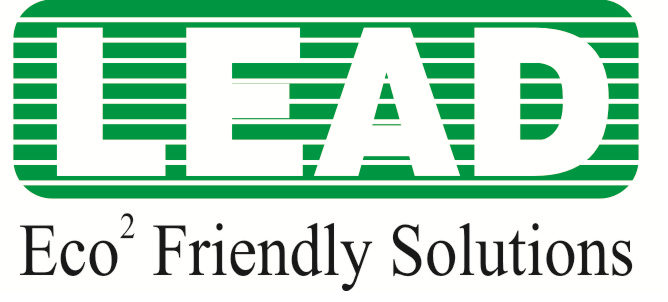A Green Building is one, which in appearance and functionality is the same, as any other building. Any green building would show tremendous concern on efficient utilization of resources, thereby reducing the impact on environment.
In general, a green building would incorporate the following green features:
• Effective use of existing landscapes
• Use of energy efficient and Eco-friendly equipment
• Use of recycled and Environmental friendly Building materials
• Indoor air quality for human safety and comfort
• Efficient use of water
• Use of Non-Toxic & recycled materials
• Use of renewable energy
• Effective controls and building management system
LEED (Leadership in Energy and Environmental Design) India is the indigenized version of the LEED rating system of US Green Building Council and is administered by the Indian Green Building Council (IGBC) under the license agreement with the USGBC.
Indian Green Building Council (IGBC): www.igbc.in and US Green Building Council (USGBC): www.usgbc.org
IGBC Rating Systems:
• LEED C&S
• LEED NC
• Green Home
• Green Factories
• Green Rating for SEZ
USGBC Rating Systems:
• LEED CI
• LEED EB
• LEED for Schools
The benefits of LEED certified projects are both tangible and intangible such as –
Tangibles:
• Less operating cost (energy and water)
Intangibles:
• Increased market value
• Healthier and safer environment for the occupants
• Green Corporate Image
All types of commercial buildings, Government buildings, Office buildings, Retail complexes, IT parks, Airports, Hotels, Hospitals, Factories, Schools, Colleges, Renovation of Heritage/ Historic buildings, Hostels, Service apartments, Resorts, Motels and Guest houses, Individual homes and high rise residential buildings.
• LEED NC – LEED for New Construction
• LEED C&S – LEED for Core & Shell
• LEED CI – LEED for Commercial Interiors
• LEED EB – LEED for Existing Building
LEED Certification process:
• Feasibility study of project by consultants
• Project registration
• Identification and implementation of upgrades necessary to obtain desire level of certification
• Preliminary documentation for first review
• After receiving preliminary review, additional documentation (if any) for final review with required clarifications
• Submit documents to IGBC/USGBC for final review
• Final review comments with certification award
• Acceptance of award/ Appeal for award of rejected credits
• Declaration of award
Please visit the following link to know about IGBC fee
For NC – http://www.igbc.in/site/igbc/testigbc.jsp?desc=22968&event=22869
For C&S – http://www.igbc.in/site/igbc/testigbc.jsp?desc=22968&event=22869
For Green Factories – http://www.igbc.in/site/igbc/testigbc.jsp?desc=191590&event=191580
For Green SEZ – http://www.igbc.in/site/igbc/testigbc.jsp?desc=236063&event=233670
For Green Homes – http://www.igbc.in/site/igbc/testigbc.jsp?desc=115890&event=115679
Please visit the following link to know about USGBC fee
http://www.gbci.org/utility-nav/Fees.aspx
